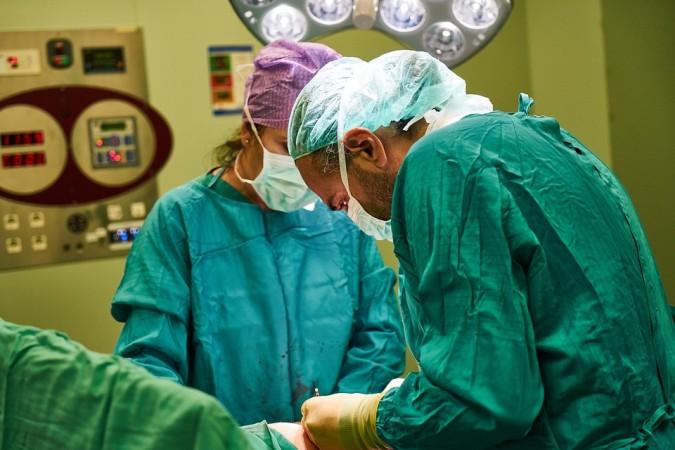
In a shocking incident that has come to light in Mumbai, a 43-years-old businessman, Shrawan Kumar Chaudhary, died nearly 50 hours after undergoing hair transplant surgery at a private hospital. Chaudhary died on March 9 at Mumbai's Dr LH Hiranandani Hospital. He was brought to the hospital after developing a severe allergy.
The doctors treating Chaudhary told The Times of India that he died due to an anaphylactic shock, a reaction to the painkillers and drugs that were precribed to him after a 15-hour-long thair transplant procedure at Chinchpokli hospital in Mumbai.
Chaudhary had not even informed his family members about the surgery on March 7. Only his driver knew about the procedure. Nearly 9,000 grafts of hair were implanted on Chaudhary's head during the surgery.
The businessman had paid Rs 5 lakh for the hair transplant surgery. Chaudhary is survived by his wife and three teenage children. His family said that he developed severe breathing problems when he returned home and was rushed to Hiranandani Hospital where he died later.
The police have regsitered a case under section 174 of the Code of Criminal Procedure (CrPC ) on account of medical negligence by Chinchpokli hospital authorities. They are also investigating the angle of whether the hospital is authorised to handle such dermatological procedures.
How can hair transplants be fatal?
Although, the reports of death from undergoing cosmetic procedures such as hair transplant are rare, doctors caution that nobody should sign up for the treatmnet without prior consultation with a professional medicine practioner.
The hair transplant surgeries like many other dermatological procedures have undergone a lot of changes over the past many years and the doctors usually involve two types of methods to transplant hair from one area of the body to head.
One of the methods called hair follicular transplant involves planting hair strips on bad patches of head. Each hair strip contains 500-2,000 grafts. One graft has several strands of hair. The other method is manual extraction and implantation of hair follicles, practised widely.

The patients are usually advised to take several precautionary mesaures and are discharged from the hospital on the same day. They are also prescribed various pain killer medicines and antibiotics to prevent pain and infections. They are also advised to not sleep flat on their tummy or side and avoid scratching the new hairline for days after the surgery.
Bouts of pain, formation of scabs and a little sweeling around the face is considered normal. However, if there is recurrent bleeding, breathlessness or scarring, the patient is advised to report to the nearest medical facility.
Sometimes, the patients develop reactions due to overdosage of pain killers that could lead to anaphylcatic shock and ultimately death.

















